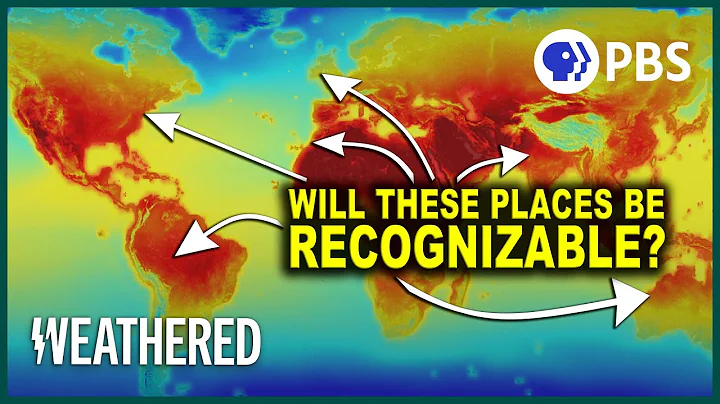
June 26, 2022
In early summer of 2022, a high pressure system brought warm and sunny weather to the Pacific Northwest. Unusually cloudless skies on June 26 allowed the satellite to observe a colorful phenomenon taking shape in the nearby ocean: the spread of countless phytoplankton .
In summer, phytoplankton blooms are common in the northeastern Pacific as offshore winds push surface water away from the coast. This causes cooler, nutrient-rich water to emerge from the deep ocean, fueling the growth of phytoplankton. Research shows that significant amounts of nutrients are also supplied by gyres and upwellings in the Salish Sea, increasing phytoplankton productivity on Vancouver Island and on the continental shelf near Washington.
It is uncommon for the sky to be clear enough for satellites to see such blooms. But the sinking air associated with the high-pressure weather system on June 26 helped prevent clouds from forming over land and offshore. This natural-color image was acquired that morning by the Moderate Resolution Imaging Spectroradiometer on NASA's Terra satellite.
Phytoplankton are floating, floating, plant-like organisms that use energy from the sun to mix with carbon dioxide in the atmosphere and convert it into carbohydrates and oxygen . These organisms provide an important source of energy for marine food webs, feeding everything from zooplankton to fish and shellfish to whales.
Without a physical sample, it is impossible to determine which type of phytoplankton is present in the image. The greenest areas near the coast of Washington and Oregon may contain diatoms, which are tiny alga with diatom shells and large amounts of chlorophyll. Nodosa - a type of phytoplankton surrounded by sheets of calcium carbonate that tends to give the water a milkier blue color and may appear in blooms on southwestern Vancouver Island. There may also be sediment mixed in, especially in the Columbia and Fraser rivers.





















